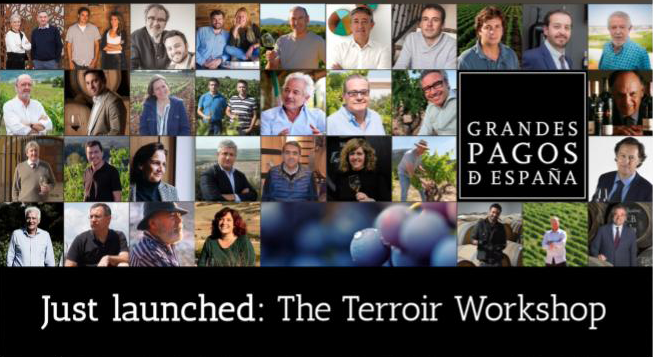My first job in the wine industry was with Wines from Spain, a division of the Trade Commission of Spain in NYC. It was the late-90s and quality Spanish wines were becoming more widely available in the U.S. At the time the lead advocates for #SpanishWines were Chefs and restaurants: superstars like #AnthonyBourdain fell in love with the flavors of Spain, bringing back #Albariño, #Rioja and #Sherries in suitcases already loaded up with pimentón, olive oil and tinned fish. Americans learned about Spanish wine in the same context as regional foods, tapas, and creative expression.
For a country the size of Texas, the range and reach of Spanish wine culture is extraordinary. We’re ready for the next chapter in wine education with a spotlight on the pagos of Spain, the very special places that transcend denomination of origin. If you know the term cru, you already know what a pago is, namely, the Spanish term for a single vineyard designation reserved for exceptional viticultural sites. In 2000, while the U.S. was starting to lean into Spanish wines, a group of Castilian wineries dedicated to high-quality single estate production formed Grandes Pagos de Castilla (an organization that worked with the Spanish government to officially add Vinos de Pagos to national wine law by 2003). By 2004, the group was renamed Grandes Pagos de España (GPE) to accommodate member wineries throughout Spain. Today there are 36 GPE wineries; they have all earned their Grandes Pagos designation by meeting rigorous selection criteria for single estate winemaking, a process that takes years, and which can be revoked if winery standards fall short.
Grandes Pagos de España members share a common goal: to produce the highest quality wines that exemplify the origins of Spanish terroir. Over the past year, our Gregory + Vine team has had the privilege of working on The Terroir Workshop for Grandes Pagos de España. It has been an inspiring project and a humbling one: in the process of creating content for 36 wineries throughout Spain, we have been immersed in every aspect of #climate, #geography and #winery stories, and equally, have learned to be more expansive in our thinking. #GPE has realized a singular vision: to go beyond traditional wine study to present #terroir culture on a whole new level.
Despite all we have learned on the wine roads of Spain, we’re still in the early stages of this journey. In the words of Toni Sarrión, President of Grandes Pagos de España (and the owner of Mustiguillo winery in the province of Valencia), “we need a more holistic definition of terroir.” We’re more familiar today with Spanish geography, appellations and varieties, but what about the impact of culture, history and the people behind the wine? Pago wines are above all a human achievement, an intentional expression of place, of environmental responsibility and a labor of love that compel us to explore more.
It’s an exciting time for all of us who love Spain – thank you to my dear friend and colleague, Natasja Mallory for sharing so much knowledge and good times over the past 12 years. We invite everyone to learn more about the extraordinary people and places behind the terroir of Spain.


